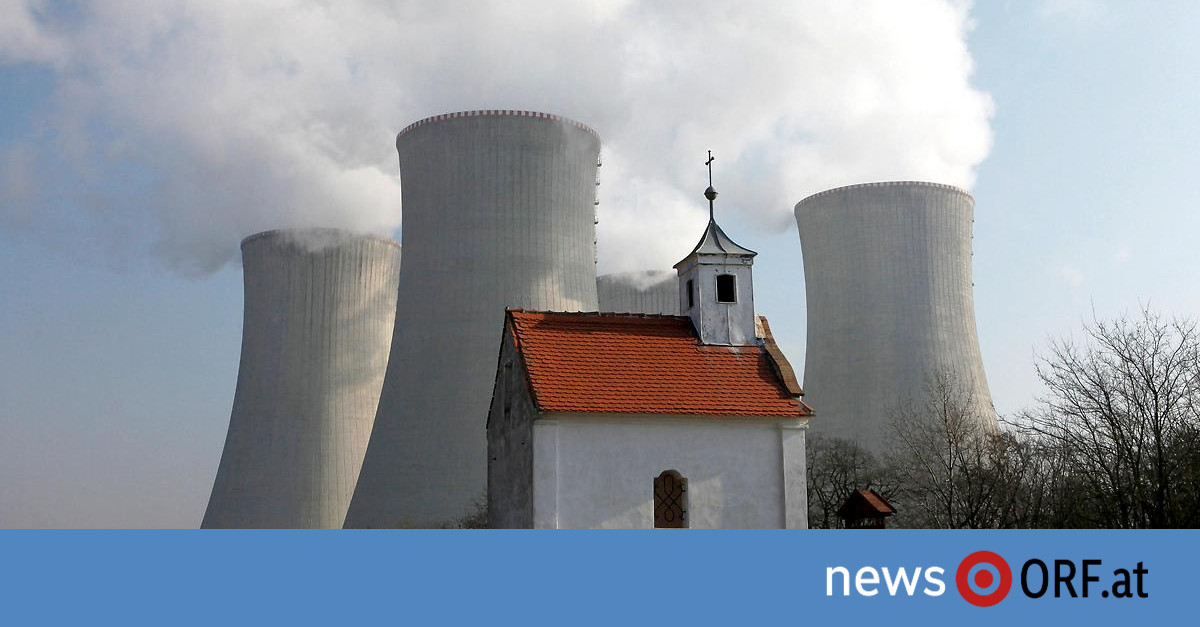The Commission had just sent out its draft taxonomy, which regulates the classification of the various types of energy, on New Year’s Eve. The proposal from Brussels provides that investments in new nuclear power plants can be classified as green if they meet the latest standards and a concrete plan for radioactive waste is presented. Capital contributions to new gas-fired power plants should also be able to be classified as sustainable for a transitional period.
The implementation of the proposal can only be prevented if at least 20 EU states, which represent 65 percent of the total population of the EU or 353 members of the EU Parliament, join forces. This is considered unlikely because, apart from Austria, too few countries are opposed to including nuclear power in the taxonomy – including Germany, Luxembourg, Denmark, Spain and Portugal with reservations.
The EU Commission had given the states a three-week deadline for feedback, which expired on Saturday night. The feedback from Germany was available on Friday evening, in which several points were sharply criticized. “Serious accidents with large-scale, cross-border and long-term hazards for people and the environment cannot be ruled out. Nuclear energy is expensive and the question of final storage has not been solved,” says the statement by the traffic light government.
Divided camps
As vehemently as Austria is against it, the draft was greeted with relief elsewhere, especially in France. President Emmanuel Macron believes nuclear energy is essential for France and the EU to become carbon neutral by 2050 as planned. At the end of last year, he had announced one billion euros for its expansion. Nuclear power France already obtains almost 71 percent of its electricity from nuclear power plants – the highest proportion in the world.
According to the EU Commission, nuclear power only accounted for a share of around 25 percent across the EU in 2020, as the EU statistics office Eurostat announced on Tuesday. As a result, 13 EU countries generated 683,512 gigawatt hours (GWh) of nuclear power, in 2019 it was around 26 percent and 765,337 GWh. The largest producer of nuclear energy in the EU was France (52 percent), followed by Germany (nine percent), Spain (nine percent) and Sweden (seven percent).


